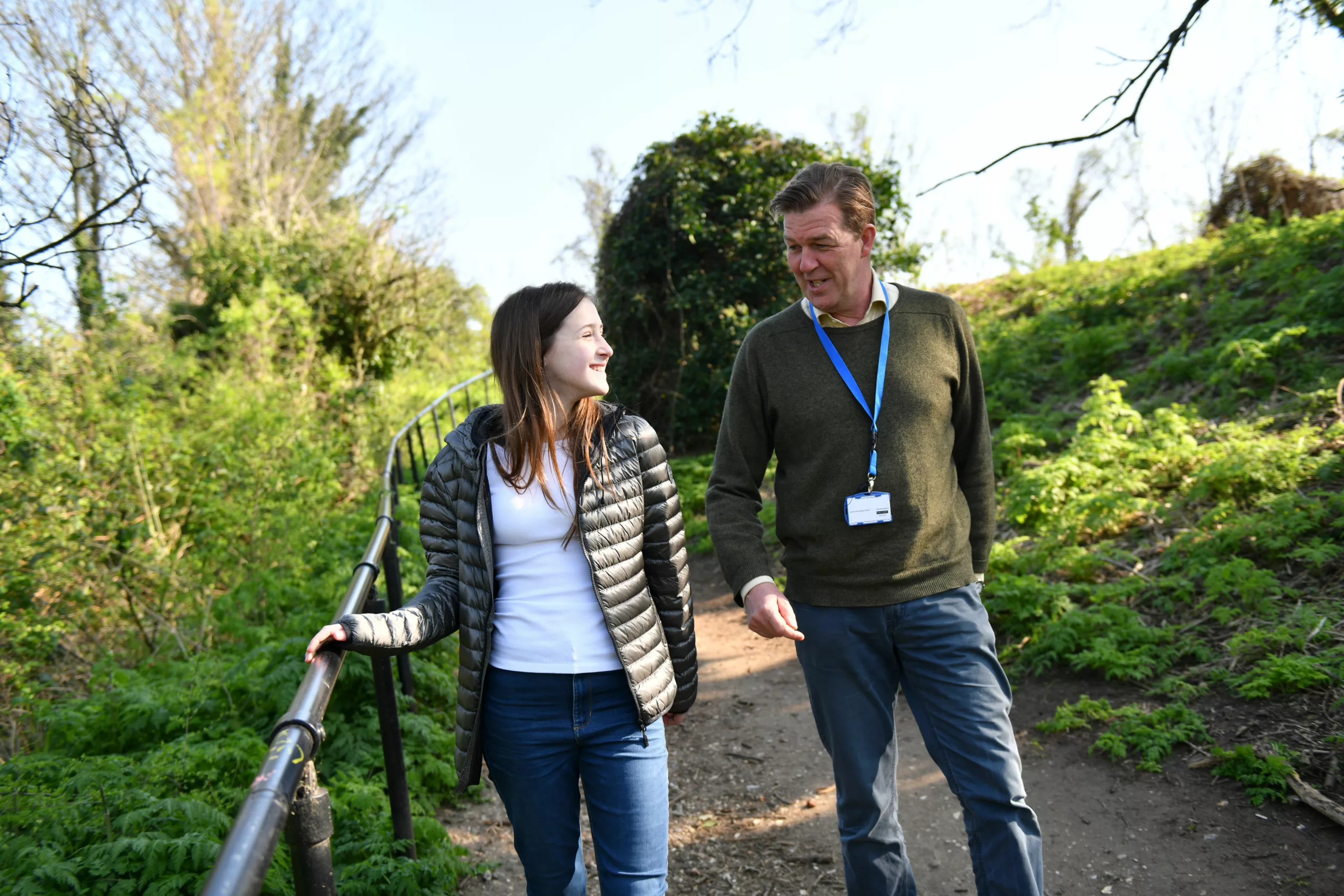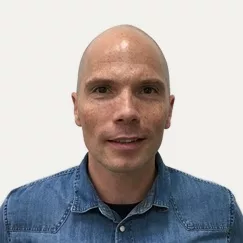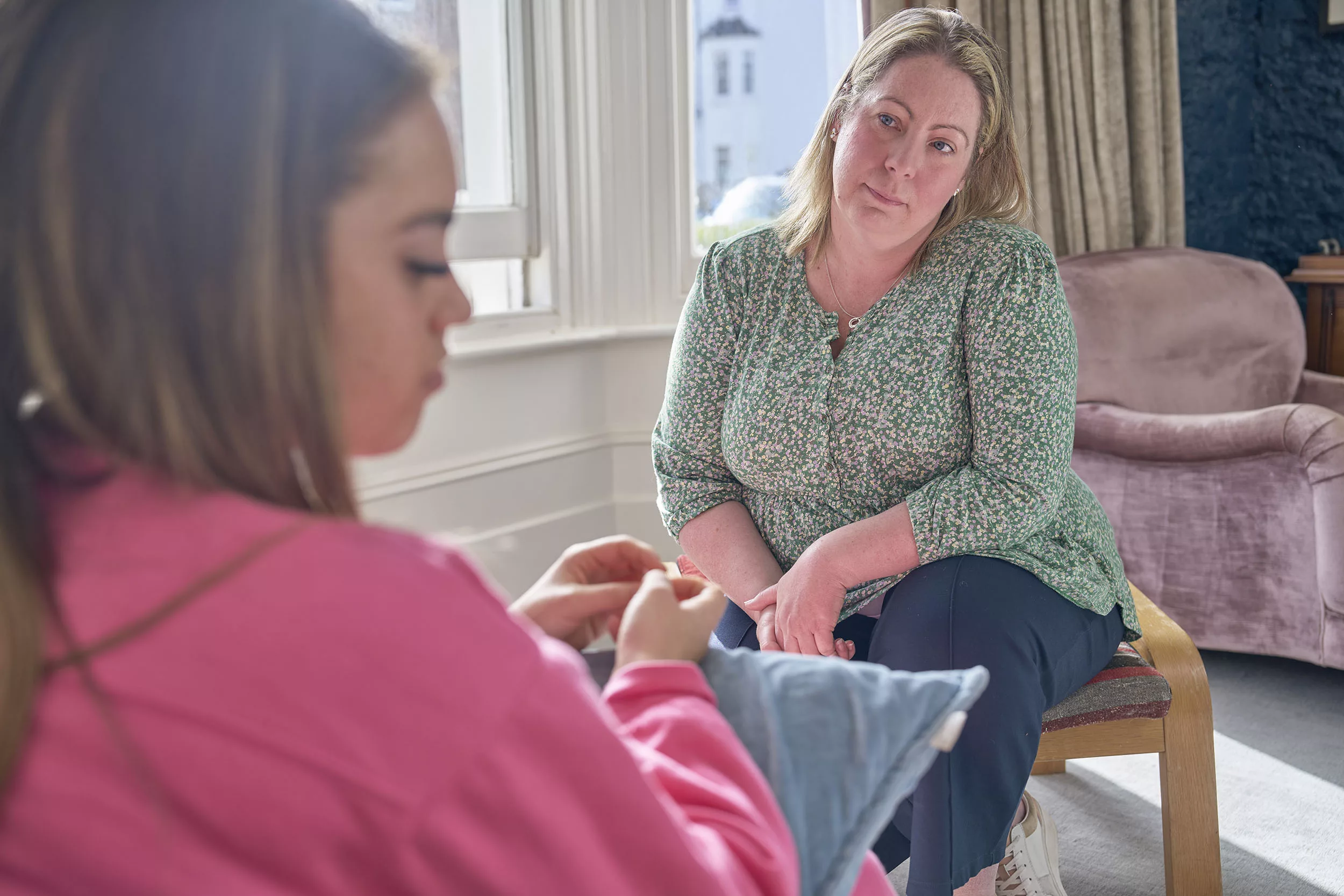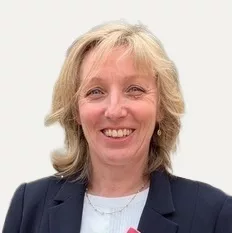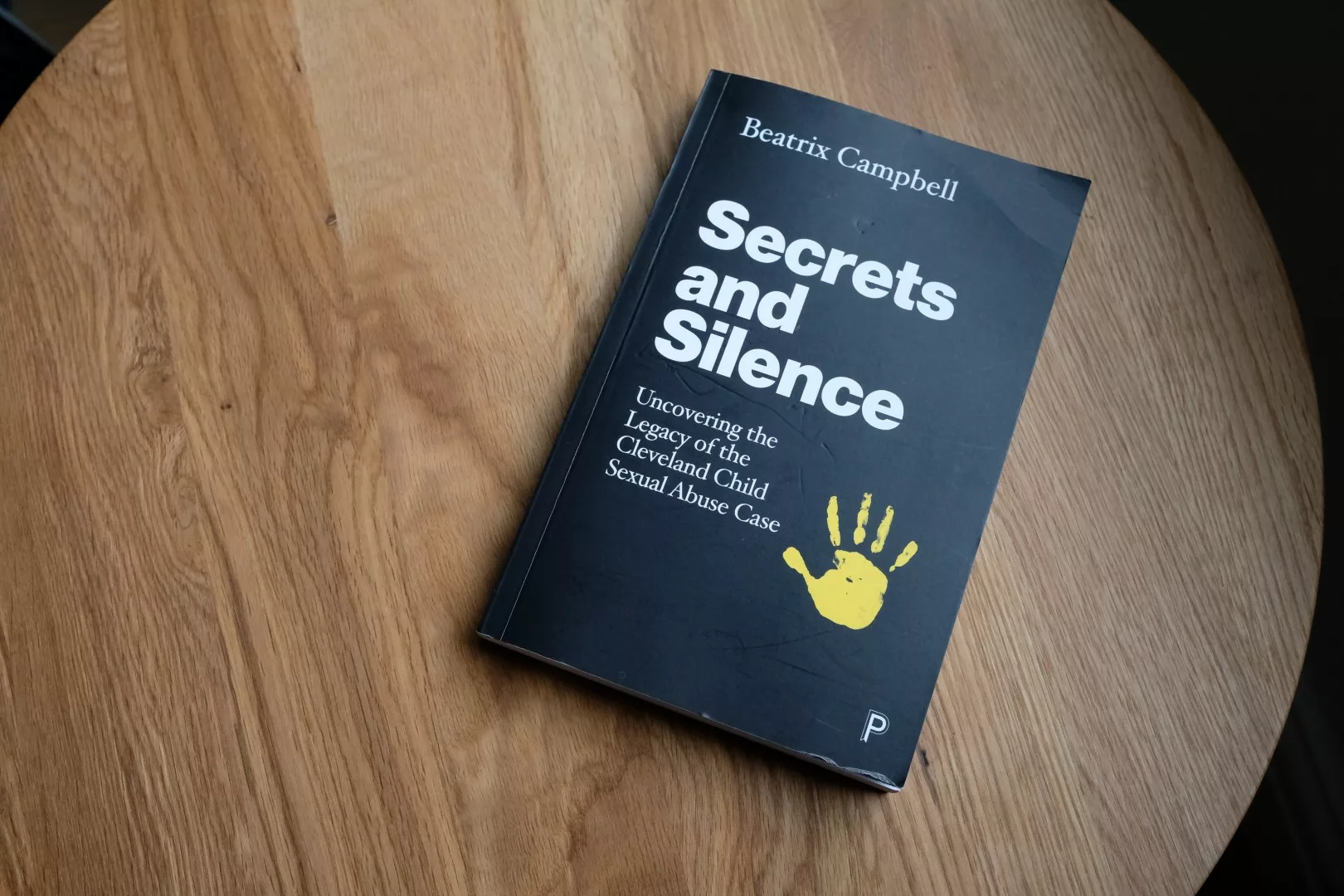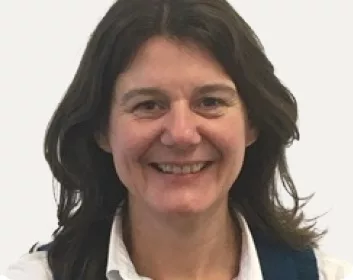Nick Marsh left the CSA Centre team in December 2020. Nick wrote this blog when he was in our team, we hope you find it interesting.
Our Practice Improvement Advisor (Multi Agency), Nick Marsh, writes about his recent trip to Australia and sharing learning internationally about working with adolescents who have experienced extra-familial sexual abuse.
Recently I had the opportunity to travel to New South Wales (NSW), part of Australia’s beautiful and surprisingly green east coast. This was more of a busman’s holiday than an actual holiday, offering the chance to develop my thoughts and enhance my PhD studies in safeguarding adolescents from extra-familial harm.
Australia has different systems and approaches to care and protection across its many states and territories, so my focus was on child protection in its largest state – New South Wales (NSW). Thanks to the support of a former manager from the CSA Centre, Dr Greg Hall, who is now a Director of Children’s Services there, I was able to meet with case workers in a number of towns and regions in coastal NSW.
Being in NSW provided me with the opportunity to reflect on England’s response to child sexual exploitation through an entirely new lens. This fresh perspective feels timely as services across England (and indeed other parts of the UK) contemplate how to make the transition from specialist child sexual exploitation services to include wider forms of exploitation such as child criminal exploitation , including county lines.
The CSE journey
My first observation from meeting with my NSW colleagues was that child sexual exploitation was not a major focus of their thinking, and not consistently highlighted or discussed the way it is in England and Wales*. Consequently it doesn’t benefit from the common language and identifiable characteristics reinforced in published government and practice guidance. NSW has not experienced high-profile cases of young people being exploited across the state. Without such an impetus, perhaps practice in England and other parts of the UK wouldn’t have made the significant and sharp shift in thinking that we’ve seen in recent years; forcing us to reflect on the role of the child protection system in terms of adults who pose a risk to young people in an extra-familial context. .
Whilst spending time with my NSW colleagues I felt strangely at home; it reminded me of working as a social worker in Greater Manchester before child sexual exploitation was so widely recognised, not all that long ago. The teams were busy, friendly and working hard with what to me now seems an unfamiliar focus on very young children at risk of or experiencing harm caused by parents or those within the family home. Though this practice felt safer and more contained than the professional world I now occupy, being immersed back in to a setting where the principle focus was on intra-familial child safeguarding allowed me to appreciate the extent to which practice in England and Wales has developed to consider the safeguarding of adolescents and impact of extra-familial harm. This is not to reduce or take away from child protection social work; after all, the vast majority of abuse occurs in the home, indeed two-thirds of child sexual abuse is perpetrated by someone close to the child.
Over the last ten years or so, we have worked hard to improve our response to young people who are at risk of, or being, abused and exploited outside of the home. We have started to listen to the voices and experiences of young people in assessing the use of out of area and secure placements, we have reflected on ways to involve young people in decision making and reviewed and hotly debated the use and misuse of professional tools such as child sexual exploitation risk assessments and child sexual exploitation films as educational tools.
Though we may have come a long way with these and similar developments there are still areas of practice that are in need of more attention, especially when we consider the exploitation of males or young people from Black, Asian and other minority ethnic groups. While some progress has been made in these areas, we still have a way to go to reach anywhere near parity in consideration, identification, interventions and outcomes.
This trip was about a shared learning experience and my role was to share a potted history of child sexual exploitation practice in England; my NSW hosts in-turn shared their experience of and commitment to working with young people as partners, who make decisions and are provided with the space and opportunity to express a high degree of agency.
This commitment was expressed in various ways, but foremost in practice where young people who experience family breakdown or other serious problems in mid-late adolescence can claim independent payments to live away from home without entering the state child safeguarding system. Young people who can demonstrate serious problems living at home are able to claim a modest fortnightly allowance from the federal government independent from adult care givers or case work involvement from the age of 15 years old (in rare cases even younger). This approach to adolescence is radically different to how we, in England, currently think and intervene.
From speaking to case workers in NSW, the rights of young people as active agents in and outside child safeguarding practices was more than an ethos, it is enshrined in state and federal legislation and guidance. Whether the right balance of protection versus autonomy has been struck is debatable, and in discussions with the case workers we explored both the benefits and risks associated with a more laissez-faire attitude towards adolescent safeguarding.
Care versus control
Being immersed in a different professional approach towards safeguarding young people caused me to reflect on the old debate between ‘care and control’. On one side of the spectrum we have NSW and a more lenient approach towards the emerging adult and in contrast the rather confused approach we have in England, which flits between care and control. Our inconsistent approach is possibly best demonstrated by the child and family plans we devise, which are often contradictory and can feel at times transactional in nature, frequently lacking opportunities for young people to express age appropriate agency. In Morrison et al’s (2019) insightful article they highlight the urgency of having an informed and nuanced debate about young people’s agency and the fact that their associated rights to participate are frequently sidelined when risks increases. I feel this debate is needed now more than ever, as services across the country transition to be aligned to adolescent development and safeguarding in the extra-familial context.
Our confused perspectives can also play out in the actions we take, actions that consider young people to be mature enough to be assertive decision-makers, removing themselves from dangerous situations or to not give in to age-related peer-pressure to drink alcohol or consume illegal-substances, whilst simultaneously infantilising young people, such as by removing freedoms and ‘privileges’ that other young people take for granted. This can take the form of removing phones and tablets (as a ‘protective’ measure or to support a police investigation), restricting internet access in order to reduce risk, or placing the young people at risk in isolation at school . One of the more worrying activities sometimes raised in this debate is the removal of young people’s worn underwear from the laundry, to be taken and sent for forensic examination (sometimes without the knowledge or consent of the young person).
All of these measures may possibly provide professionals and parents with a feeling of action, but in reality this merely provides a fleeting safeguarding façade. These actions are often felt to be punitive by the young person (especially if we accept that young people are never to blame for their own abuse and exploitation) as well as reducing and limiting the young person’s right to participate in the decisions that affect their lives. Some helpful questions we perhaps could be asking ourselves when considering interventions include:
- How are we engaging the young person and their family/carers in the development of their plan?
- How do our actions impact on the young person’s sense of autonomy, dignity and rights?
- How do our plans consider the wider-holistic development and well-being of the young person?
In the absence of such critical questions, an unintended consequence of our well-intentioned interventions maybe the mirroring of controlling behaviours that young people experience from those who abuse and exploit them.
Challenges and practical suggestions
As a social worker and someone who has previously managed and developed practice in this area, I am all too aware of the tension between the need to protect and the wider ‘care vs. control’ debate. I am also aware of how self-critical and committed all partner agencies are in getting each individual plan right. However, there is a missing piece of the jigsaw. We also need to explicitly consider how, as professionals and in partnership with young people, the young person’s plan not only has their right to participate at its centre, but also focuses on their individual development as a young person.
Unfortunately, there are no easy and often no right answers to this safeguarding tension. However,it is vital that we continue to be energetic and committed to challenging our practice in this regard both at a national level and on an individual case-by-case basis, especially as child sexual exploitation services transition to include other types of exploitation. Our Australian colleagues may be on a slightly different path but they too face these dilemmas, even without an intensive focus on adolescent exploitation. Some of the workers I spoke with longed for the tools available to multi-agency partners in England and Wales to disrupt the exploitation of young people. Together, we reflected on individual situations where they had felt powerless to help young people who were at risk and how different tools may have changed potential outcomes. However, most of these workers also expressed concern that more powers may cross that boundary from care to control.
Below are some practical suggestions that individuals or services may wish to consider to support developing this area of practice:
- Ensure case supervision reflects on the whole person, including individual and family strengths, future aspirations and their development as an adolescent.
- Ensure team members receive high-quality and up-to-date research-informed training that includes topics such as; wider exploitation types, structural and contextual factors, diversity and inclusion and adolescent development.
- Follow the developments in this emerging area of practice by connecting with the Tackling Child Exploitation (TCE) Support Programme. This is a new consortium, led by Research in Practice together with Children’s Society and University of Bedfordshire dedicated to developing practice in this area.
- Consider introducing practice development and reflective sessions, where managers and practitioners can discuss and debate emerging issues such as; increased professional anxiety, working with lesser-heard and marginalised communities/people, working with adolescent agency and overcoming local barriers to effective practice.
*Primarily, this blog refers to the development of child sexual exploitation practice in England. This is due to the different approaches the Welsh and English governments have taken and the author’s professional experiences being mostly based in England.

